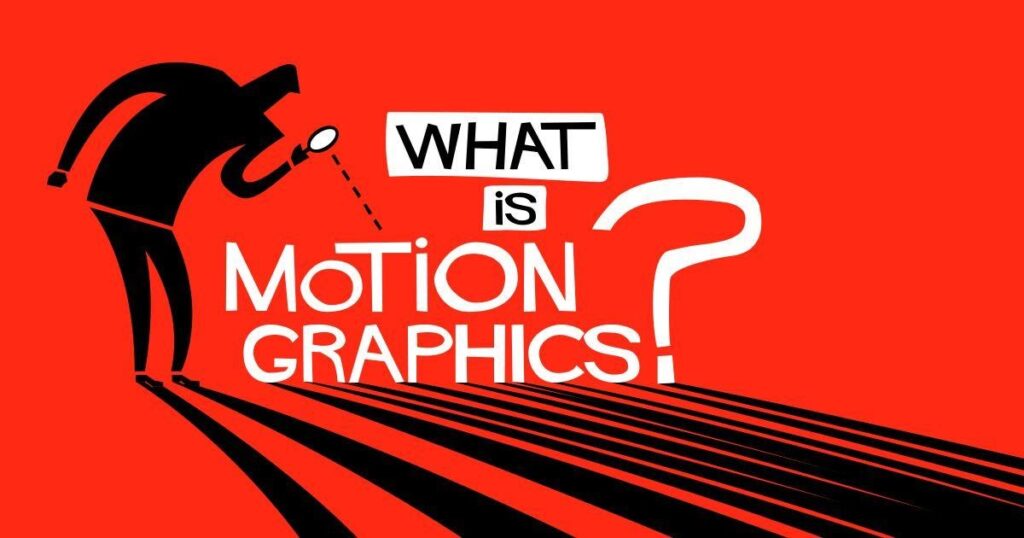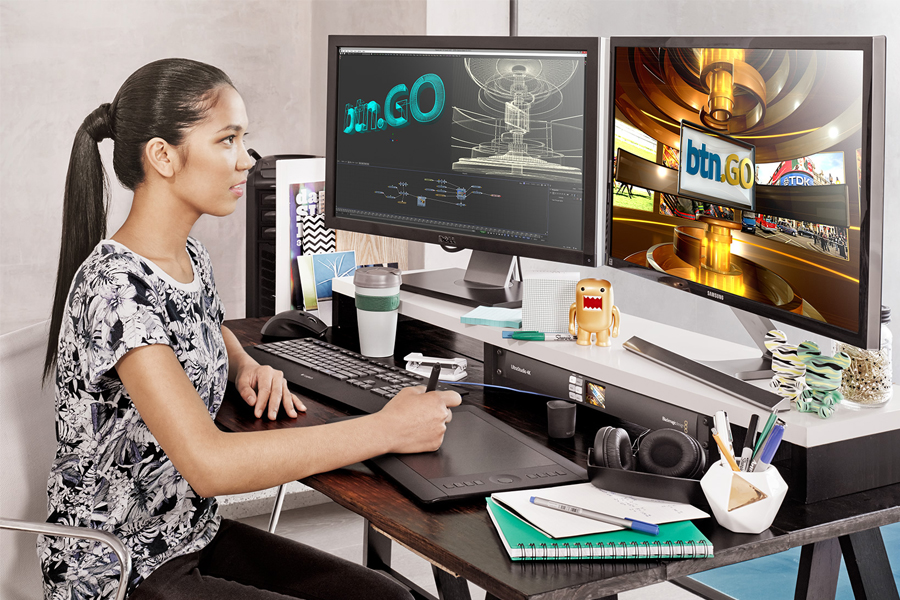Animations and graphics are in wide demand in a wide variety of fields, from movie advertising to online games. The Motion design direction is precisely engaged in the creation of such projects. Let’s understand the intricacies of this specialty in terms of Fireart.studio.
Motion designers are also called video designers and broadcast designers. In the computer graphics and animation (CG) industry, this is the only profession that combines an extremely wide range of skills, knowledge and skills.
A motion designer is able to replace almost any specialist on the set or in the studio. In short, it is a man-orchestra. But first of all, he is a designer capable of solving the task at hand: creating a set, titles, making a music video or a TV program.
The specialist selects the style, color, corrects the format of the project and much more, trying to convey to the end viewer the meaning of the video along with the emotional mood. He can also act as a screenwriter and in parallel deal with the storyboard of the material.

The first Motion-designer is considered to be the director Saul Bass. Back in the 1960s, he was the first to create animated film credits.
An experienced Motion designer knows photography and video technology. He is directly involved in the construction of scenery, light or chroma key.
Also takes over some of the work of the director and filming supervisor:
- builds a mise-en-scène;
- corrects the work of actors;
- mounts material;
- simulates a 3D scene;
- combines virtual elements with real ones.
In some cases, you have to do the routine work of a programmer: write scripts, plugins to automate the process.
Talents and important skills

First of all, these are the basics of graphic design. That is, work with compositions, decoration of the text and knowledge of the theory of light. The specialist must be able to search and analyze information to disclose all aspects of the project.
Skills required for a Motion designer:
- knowledge of graphic programs and video editors;
- the basics of screenwriting;
- the ability to work in a team with specialists in related fields (programmers, illustrators, etc.);
- track modern design trends;
- draw the audience’s attention to the key points of the project.
Personal skills of a specialist are equally important, such as:
- creativity;
- sociability;
- aesthetic taste;
- analytical mind.
It is the motion designer who acts as a generator of ideas. The project manager sets the task, and the specialist must choose the most promising direction for its implementation.
Technology in motion design

- Flat design. Differs in minimalism and simplification of objects here. The color gamut differs in brightness and saturation, but without the use of various textures, light-shadows, or 3D elements. In the final form, such a design looks stylish, but does not overload the viewer’s perception with distracting details.
- String. Another minimalist style, but with different accents. Here all objects are drawn with thick or thin lines. The main goal is not to distract viewers from important elements in the frame and audio.
- Isometry. It is characterized by the fact that objects or figures are visible from three sides, and all lines are at an angle parallel to thirty degrees. The camera looks as if from the upper corner of the room and is fixed at one point.
- Low poly. The technique of broken lines is used, which are made up of a finite number of straight line segments. Subsequently, these lines are converted into a closed object. Characterized by ease in measuring objects, the figures have all clear and understandable geometric shapes. Differs in economy in financial terms.
- Pixel. Fans of Dendy and Sega will understand exactly what such technology looks like. A technology where the image is edited at the level of dots (pixels), and the image resolution is so small that individual pixels are clearly visible.
- Comic. A comic design style that grabs the viewer’s attention from the first seconds. Differs in simple and original animation, the presence of artistic illustrations, drawing of all the details.
- Calligraphy, ink in the frame. Characterized by the appearance of ink in the frame to complement the illustrations. This technique was first used in Guy Ritchie’s Sherlock Holmes. The credits include photographs, ink textures, illustrations and calligraphy.
- Frame-by-frame animation. Sophisticated and painstaking production technique. It is characterized by the fact that each frame is drawn manually. Such animation is often used when creating humorous projects with the participation of different characters.
- Industries of application – TV advertising, social videos.
Pop-up animation. It consists in the fact that animated windows pop up when the user clicks on certain buttons in the browser. Familiar “pop-up windows”. - “Liquid” design. A style characterized by unrealistic movement of characters and objects in the frame. Instead of lines and geometric shapes to transition from one movement to another, the technique of “overflow” is used with characteristic splashes and drops. Differs in bright and rich colors.
- Television. This is a whole area of motion design that came from the air of television. It features a combination of camera angle, composition and color scheme. The technique is used in the screensaver of TV programs, news broadcasts.
- A hybrid of 2D and 3D. A combination of 2D and 3D effects used in film and advertising. Merge 2D and 3D animation.
The first motion designer is considered to be the director and graphic designer Saul Bass, who created motion graphics for the film’s credits in the 1960s. At the time, creating animated graphics was a very expensive and time-consuming process. But with the emergence and development of computers and the Internet, the art of motion design has become simpler, extremely popular and in demand.

The profession of a motion designer is very creative, interesting and promising. It requires knowledge of the basics of graphic design – color (color theory), composition, typography (artistic and expressive text design), etc., as well as fluency in graphic programs and video editors.
This profession is suitable for applicants who want to work at the intersection of creativity, art and high technology.








